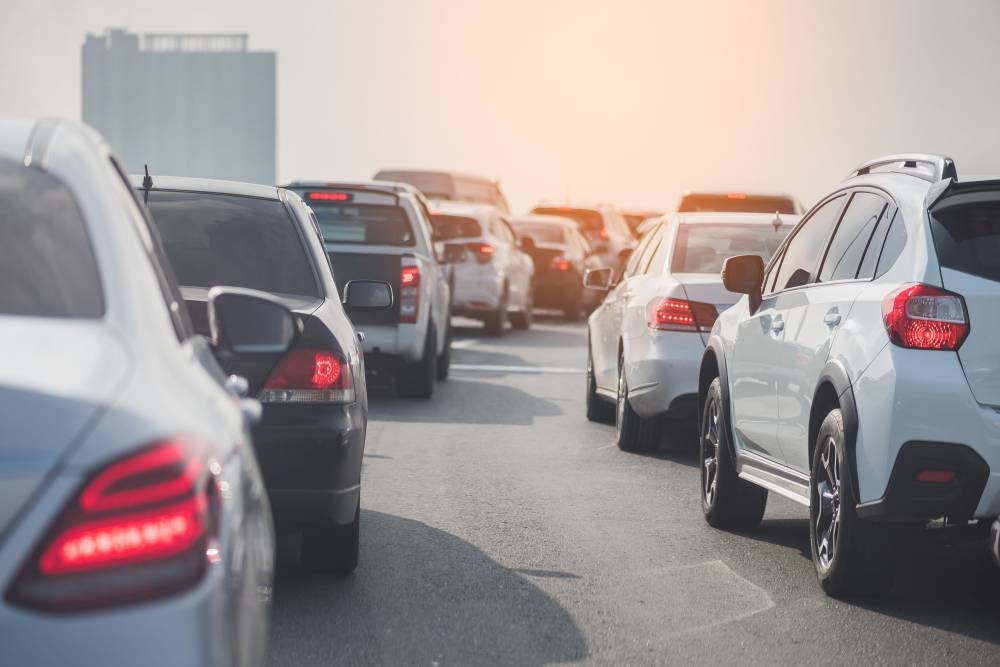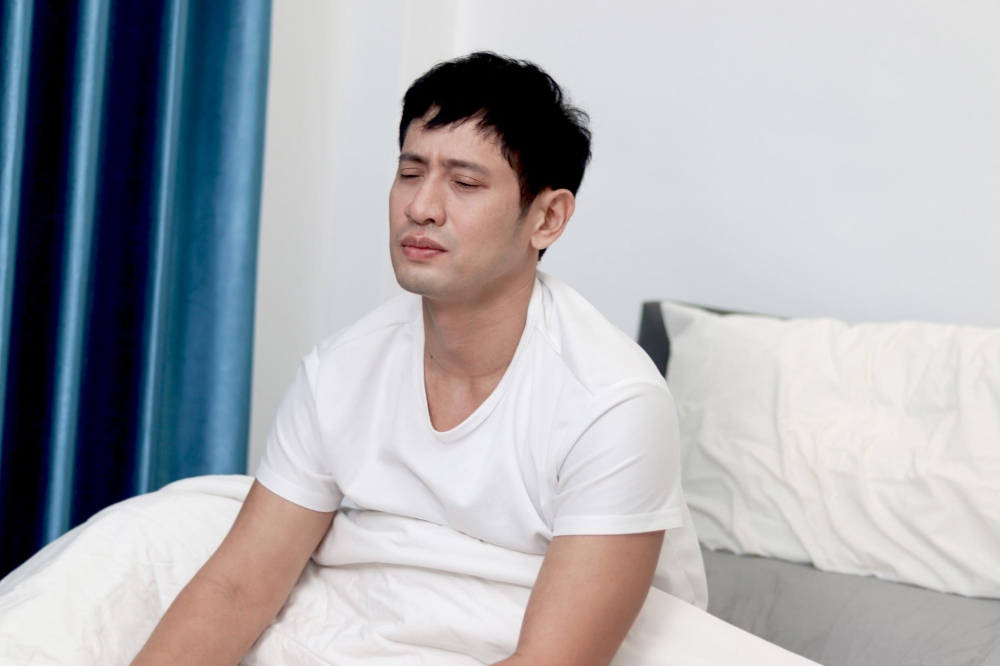Inspect cars before long trips, avoid carbon monoxide poisoning – Experts

KUALA LUMPUR - Experts are warning motorists to take their cars in for inspection before travelling long distances, and against napping in cars with their engines and air conditioning on during the Aidiladha long holiday weekend.
The fear is of carbon monoxide poisoning, which has sickened and killed several over the years. And with the current heatwave, motorists are more likely to have the air conditioner at full blast and all windows up as they take a break during long trips, thus putting themselves at risk.
Almost three years ago, four 21-year old college students decided to take a nap at a petrol station on their way back from vacationing in Pulau Jerejak, Penang with the air conditioning and engine on, and windows up. Little did they know there was a leak in the exhaust system, which pumped carbon monoxide into the car cabin.
Three of them died from carbon monoxide poisoning. One was pronounced dead on the scene, one died during transport, while the other two, twin sisters, underwent hyperbaric treatment but only one - Nor Aqilah Mohd Safwan - survived.
Despite these shocking deaths, cases of carbon monoxide poisoning still occur, something experts say is completely preventable, especially in a warm climate such as Malaysia.
"I think Malaysians probably know a little about it but they don’t understand how things happen. Definitely awareness is needed. We need to increase awareness,” said Dr Nurul Yaqeen Mohd Esa, consultant in internal medicine and respiratory medicine at Sunway Medical Centre Velocity.
As recently as April 24 this year, a family of four, including two children, fell unconscious due to carbon monoxide poisoning, and crashed their car into the westbound toll barrier in Bentong, Pahang. The public and police managed to revive the four.
Experts acknowledged that cases of confirmed carbon monoxide are low in Malaysia but said they are undercounted as non-lethal exposures are rarely reported. They also said the reported low numbers may contribute to complacency among the public.
THE HEAT FACTOR
Carbon monoxide is the most common form of poisoning. Globally, the total number of carbon monoxide poisoning cases for the past 25 years is estimated at 137 and deaths at 4.6 per million, according to Mattiuzzi C, Lippi G. Worldwide epidemiology of carbon monoxide poisoning in 2020. Dr Nurul said there are 4,000 cases and 30 deaths per year worldwide. Malaysia does not keep track of carbon monoxide poisonings although there have been several cases reported over the years. Although most of the cases involve cars, there have been a few cases occurring in dwellings. Some death cases that have been listed as "sudden deaths,” which cover accidental deaths and deaths by suicide, are possibly due to carbon monoxide poisoning.
In 2015, for example, two construction workers in Sabah suffered carbon monoxide poisoning from a petrol generator running for hours in their enclosed room. Both survived.
Asian Hyperbaric and Diving Medical Association President Dr Andrew Ng told Bernama severe cases in Malaysia are quite rare. "In the last three years since I (joined my hospital), we’ve seen about five cases,” he said.
He added that this does not mean people are safe from carbon monoxide poisoning, noting that doctors tend to only see cases when the poisoning is severe. Dr Nurul said that Malaysia has a likely lower incidence of carbon monoxide poisoning than colder countries because of its warm climate. Rooms and buildings in Malaysia are also usually well-ventilated with plenty of windows.
"The risk is very low because we don’t use heaters. It’s just that when we do things in enclosed garage, where they do barbecues or charcoal burning activities in enclosed space, that’s where the risk is there,” she said, adding that she has only seen two cases in 20 years.
Because Malaysia is hot and humid, there are fewer chances of carbon monoxide poisoning compared to countries with four seasons. In colder countries, carbon monoxide poisoning is more common due to the higher presence of radiators, fireplaces, heating devices and enclosed garages.
However, there are other risk factors that Malaysia shares with other countries. Any incomplete burning of carbon in fuels poses a risk of carbon monoxide poisoning to anyone who inhales the fumes. Other than cars’ exhaust system, other sources of carbon monoxide include gas stoves and ovens, grills, generators, power tools, lawn equipment and tobacco smoke. In January this year, police in Sabah found a woman dead in her car, likely due to carbon monoxide poisoning. They also found burnt charcoal in her car.
SYMPTOMS
Despite the lower chance of poisoning, experts say carbon monoxide still poses a danger due to the characteristics of the gas. It is odourless, tasteless and colourless. "So you will just get the symptoms slowly. You get sleepy, drowsy; you won’t feel anything. By that time, it will be too late,” said Dr Ng, who was involved in treating Nor Aqilah.
According to the Mayo Clinic in the United States, other symptoms include headache, weakness, dizziness, nausea or vomiting, shortness of breath, confusion and blurred vision.
Dr Nurul told Bernama that "on top of being hard to detect, red blood cells or hemoglobin love carbon monoxide.” "When there is a lot of carbon monoxide in the air, this carbon monoxide will compete with the oxygen. So when they compete with oxygen, usually carbon monoxide will win because carbon monoxide has 200 times higher affinity to bind to the hemoglobin compared to oxygen,” she said.
She added the gas can cause long-term damage to organs as it circulates, including heart and brain damage, and death.
Dr Ng said carbon monoxide poisoning happens more often than reported as it can be difficult to diagnose, especially in non-lethal cases. This is because carbon monoxide measurements usually fall by the time the patients get to the hospital.
"Let’s say they’re found unconscious at home. And straight away, the ambulance personnel will give them oxygen. By the time they arrive, there may be no more carbon monoxide (in your blood), but you cannot say (it wasn’t) carbon monoxide poisoning,” he said.
As such, he stressed it is better to be prepared than sorry. He recommended the public to be aware of symptoms and situations where carbon monoxide poisoning is a possibility, such as smoke within enclosed areas, and take appropriate steps.
Getting fresh air is enough to stop mild poisoning. More severe cases require pure oxygen and treatment in the hyperbaric chamber, among others. SAFETY TIPS The Malaysian Institute of Road Safety (MIROS) recommends motorists to send their vehicle for a checkup, including checking for any leaks in the exhaust system, before going on long trips. The organisation said this advice is applicable to old and new cars.
Other than that, the experts say ventilation is key in ensuring the safety of occupants during travel, and at home. They also recommend buying carbon monoxide detector to be safe. MIROS suggested changing the car’s air circulation mode or winding down the windows occasionally.
Dr Ng told Bernama opening one window in the back and the front would encourage a cross-breeze.
"The safest would be to crack the window. Switch off the air-conditioner, switch off the engine. Then there would be no carbon monoxide, but (make sure you’re) in a shaded area,” he said. - BERNAMA
Was this article helpful?
0 out of 0 found this helpful
Suggest to Read









